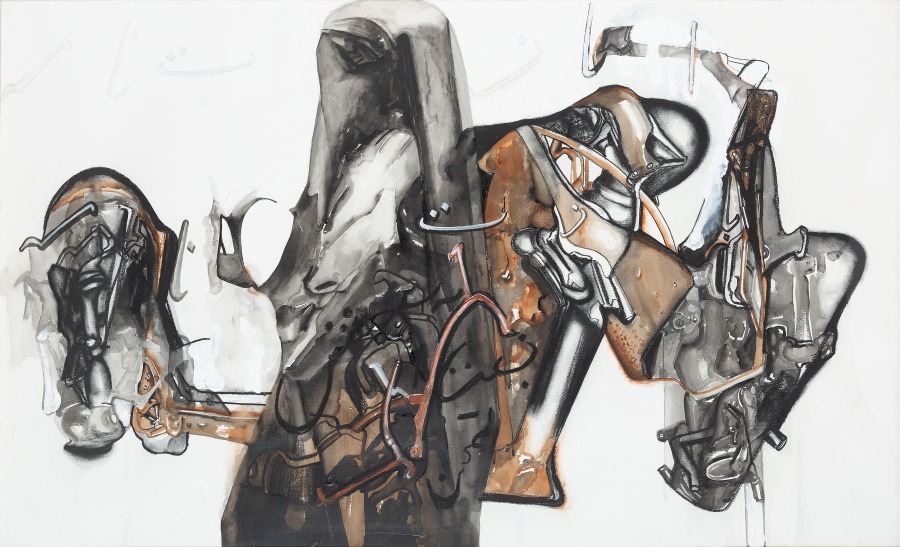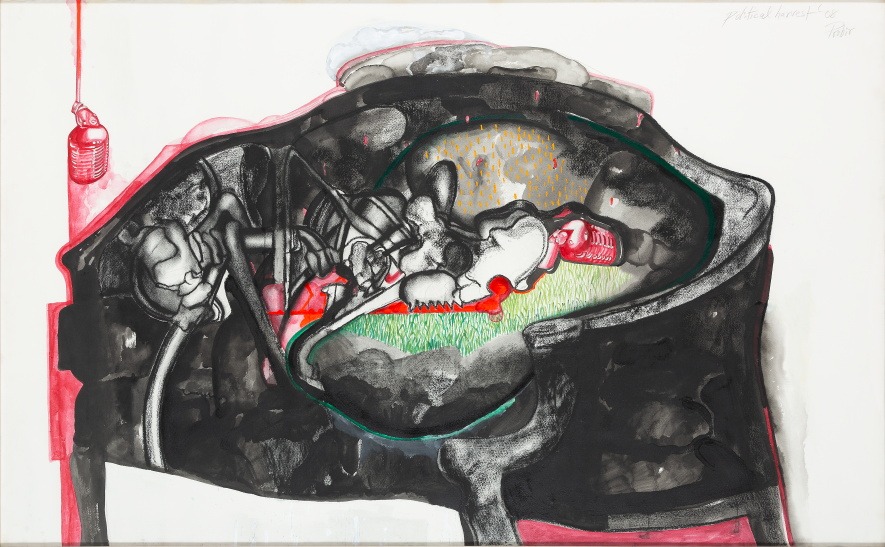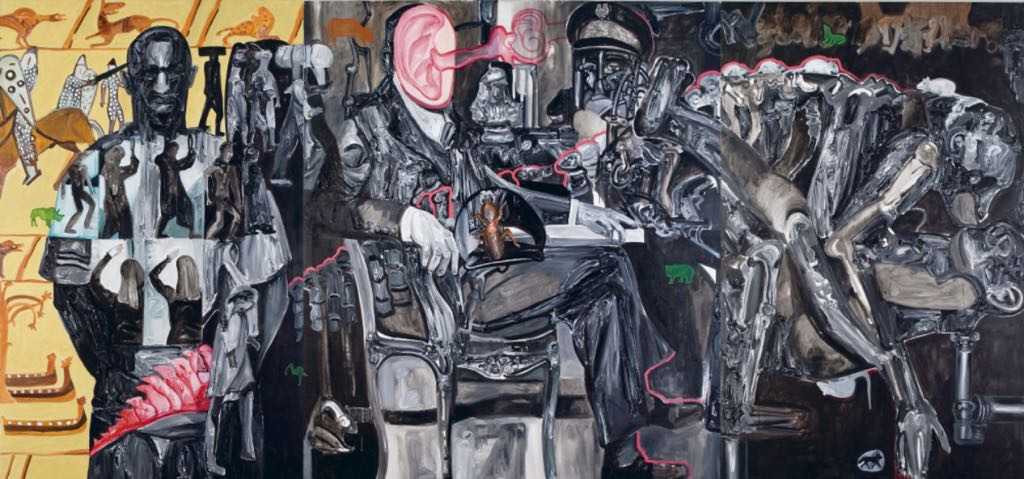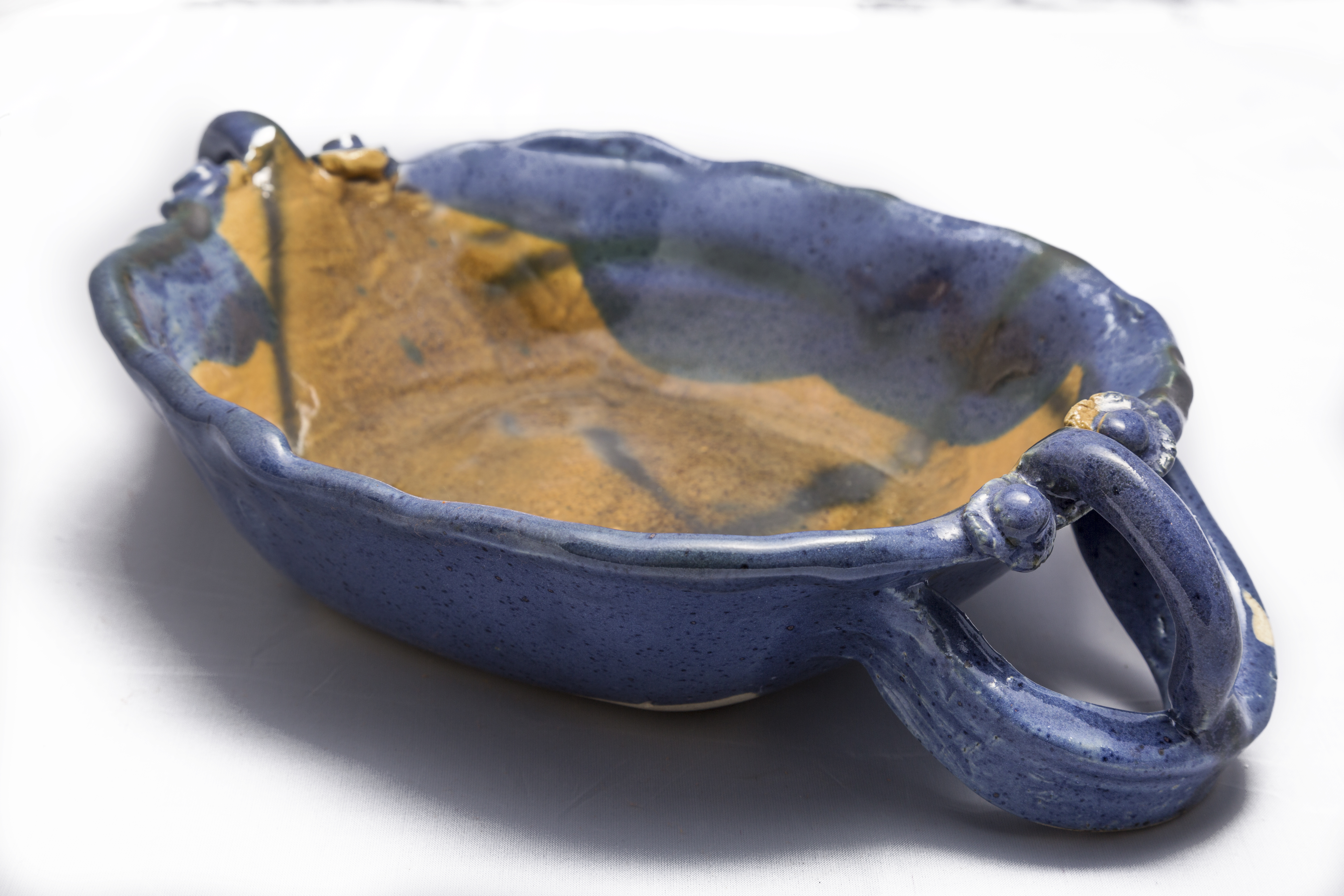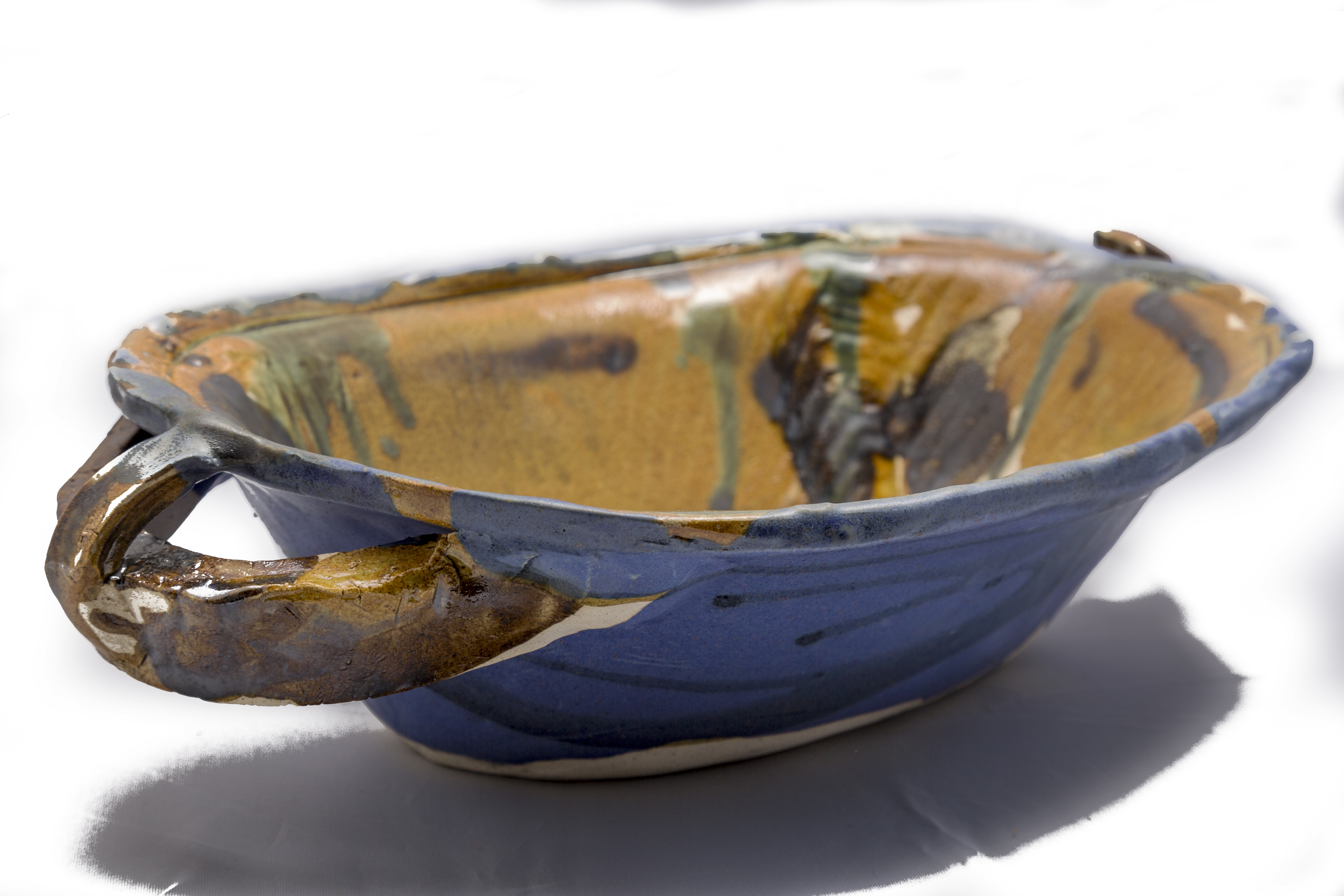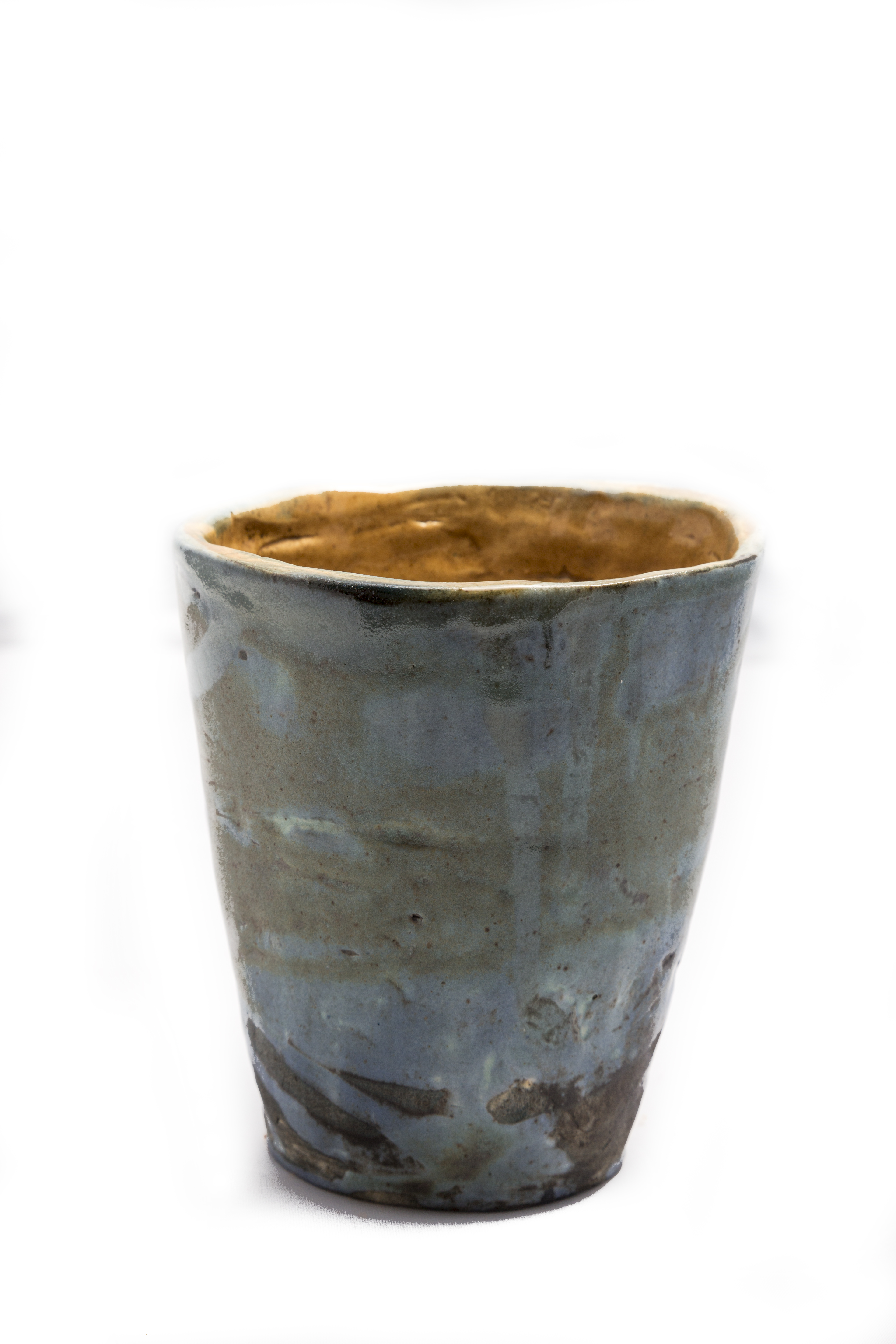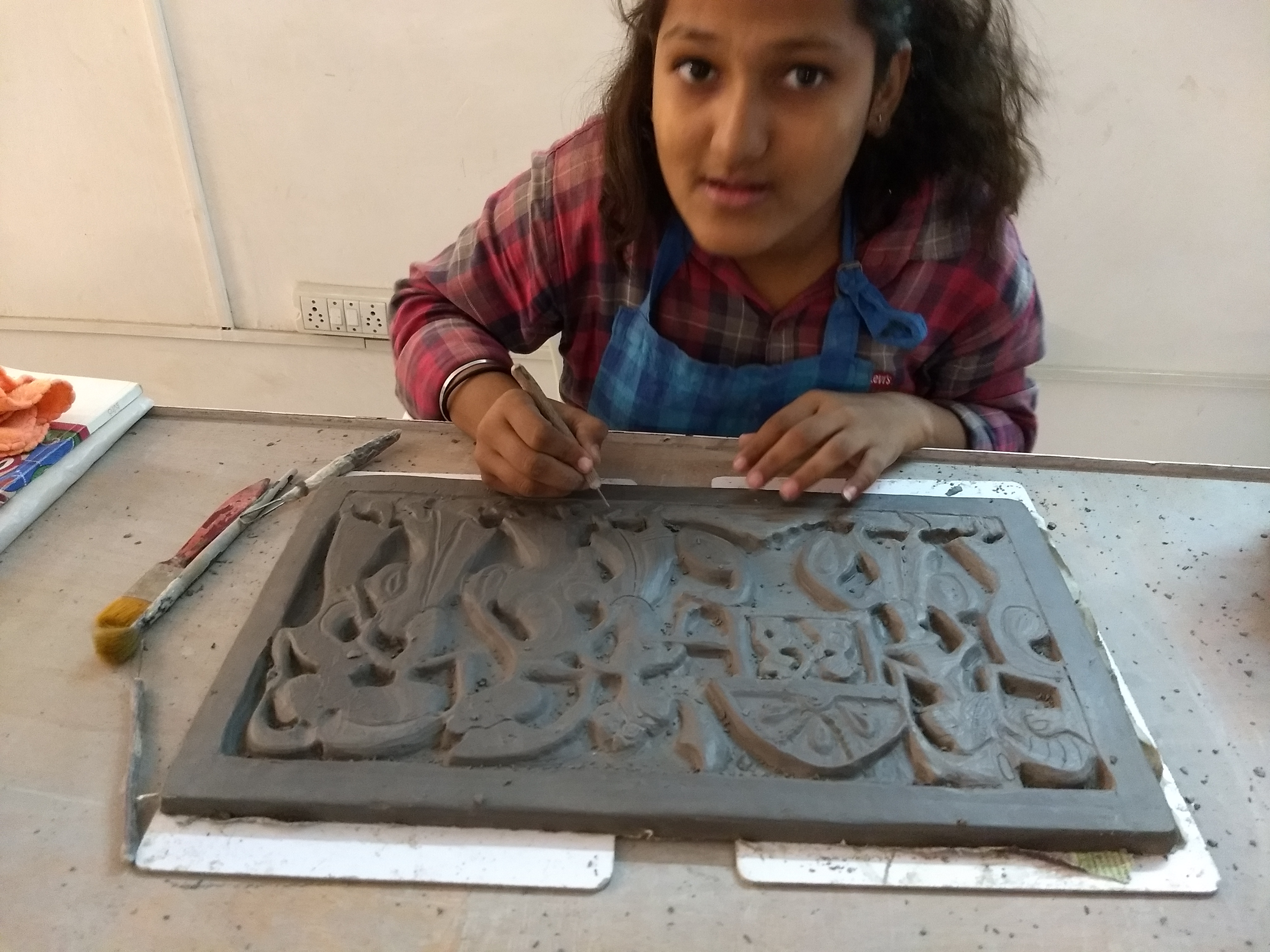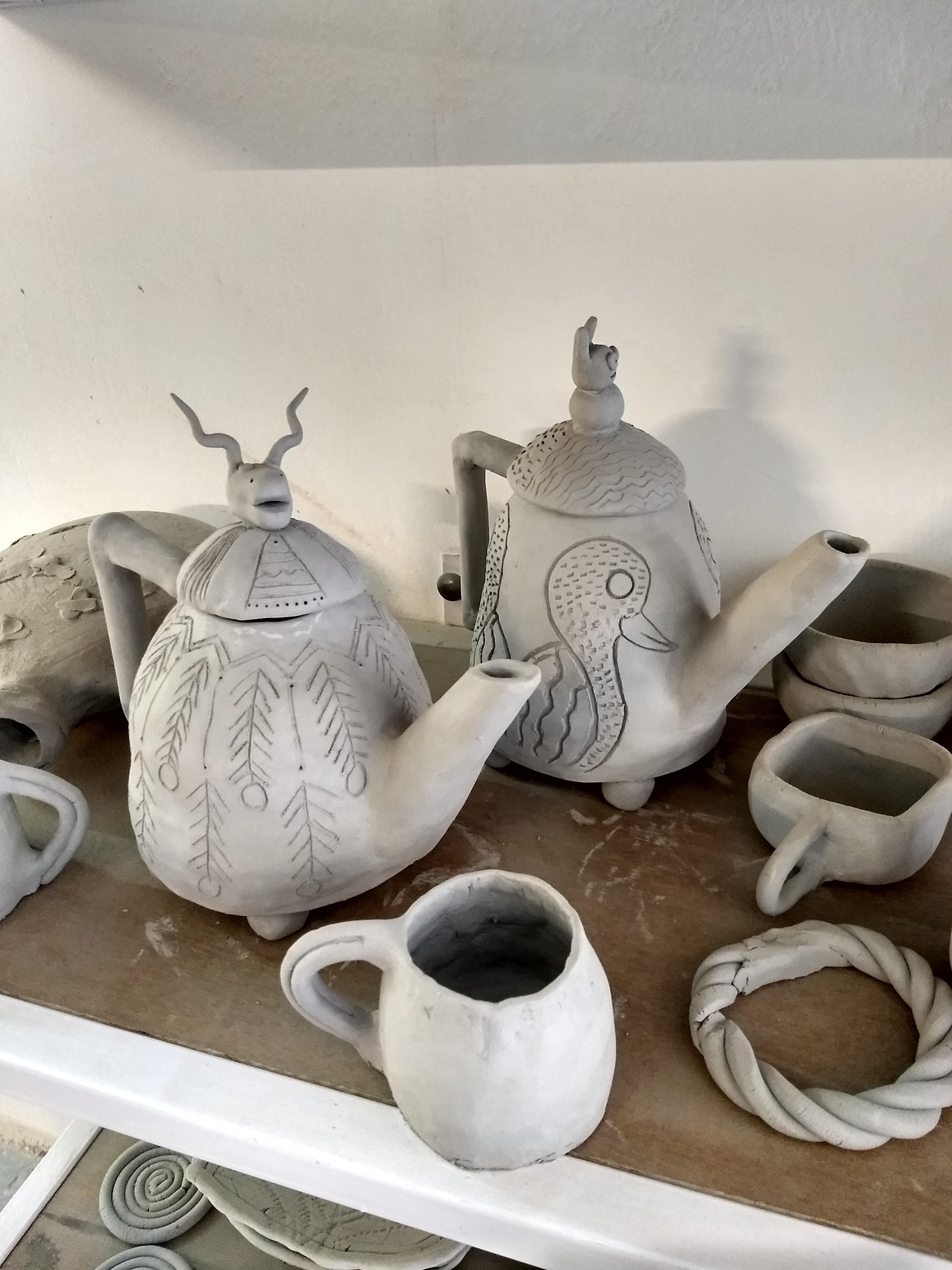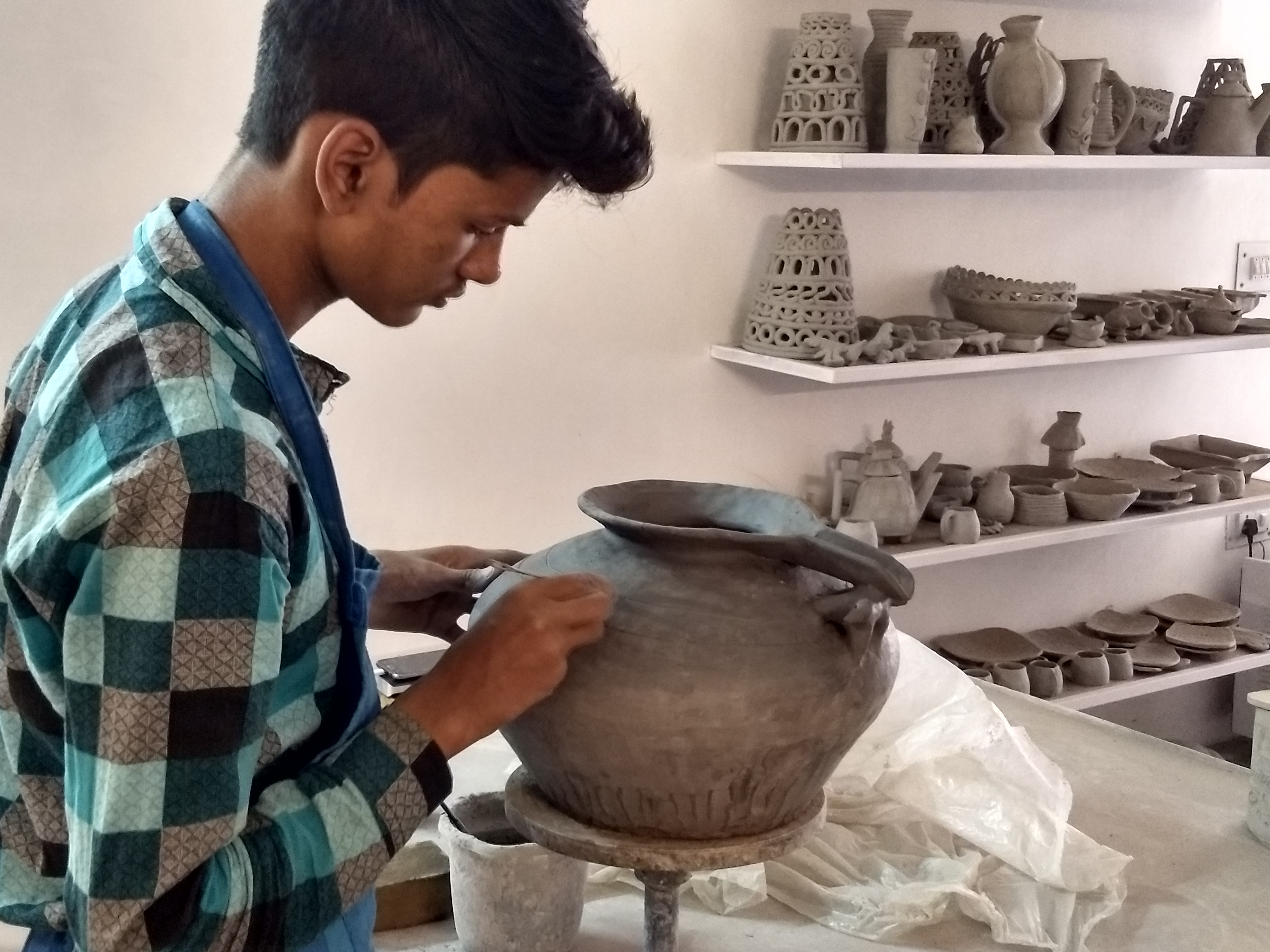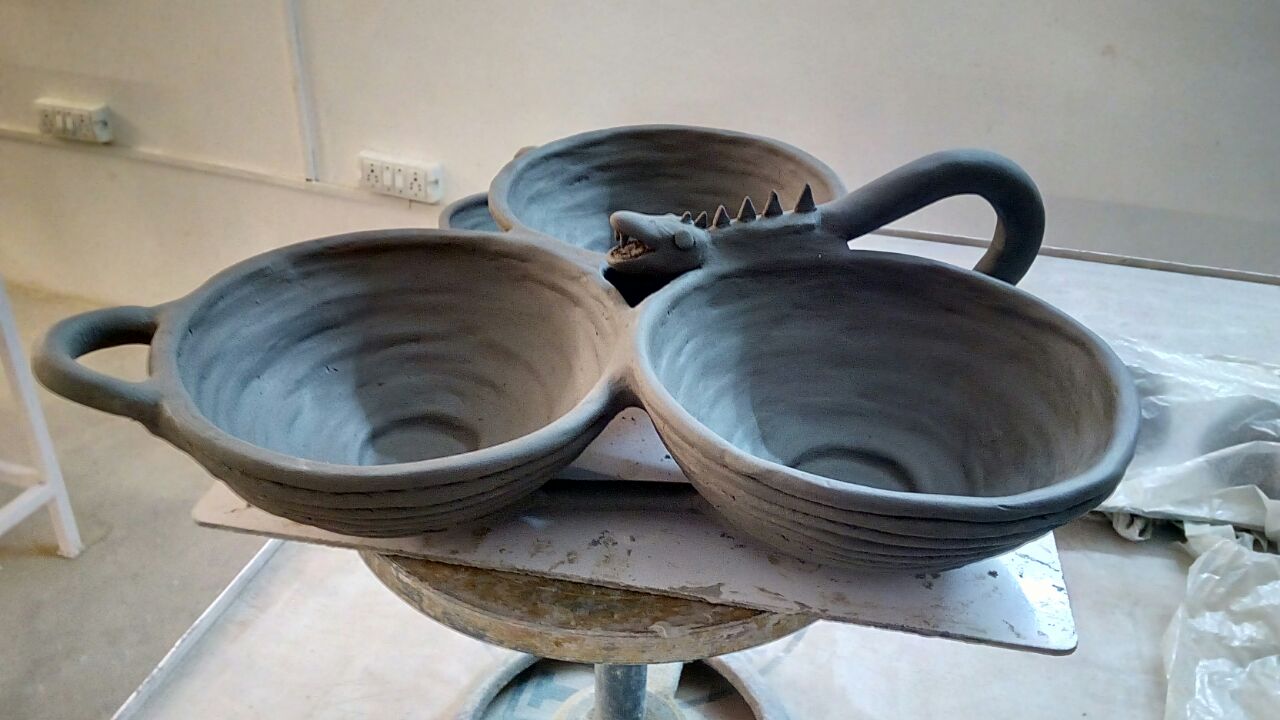Paintings
The scale of discursive capacity that Probir Gupta’s canvas holds can astonish you. His responses to actual discrimination and violence in the contemporary societies make Gupta’s paintings first appear like grand history paintings. But soon their intricate details and pulsating backgrounds, as in his work Rats and Generals in a Zoological Park, make us see that Gupta is reorganising the rather neatly written past into something chaotic, disconcerting and regretful. He makes us trace our way back and reach places where history books may never take us. And in the chaos, nothing is privileged—everything seems equally puzzled by the riddle of life. The recontoured figures and morose forms suddenly reveals an alternative view of history, and makes us ask questions that had evaded our consciousness for so long.
Pottery with Children
Probir Gupta sees teaching pottery to underprivileged children primarily as a way of imparting in them a skill that can one day help them earn a living; that to him is most important. While NGOs commonly approach this intent anxiously, getting them odd jobs in a rush to make the children financially independent as soon as they become adults, Gupta understands that pottery as a skill is therapeutic and heals the children he works with deeply. Even as this practice may not ensure a regular income at the age of 18 or 19, it develops in them a sense of art and aesthetics that can allow them to go for further studies and be able to get jobs in the teaching and craft space. His keen sense of aesthetics and deep immersion in the issues facing both the craft and the underprivileged children has allowed him to transcend the utilitarian nature of this endeavour, and not only build a vision for the future of these children, but also give pottery an Indian identity, something that is currently lacking in the field.


